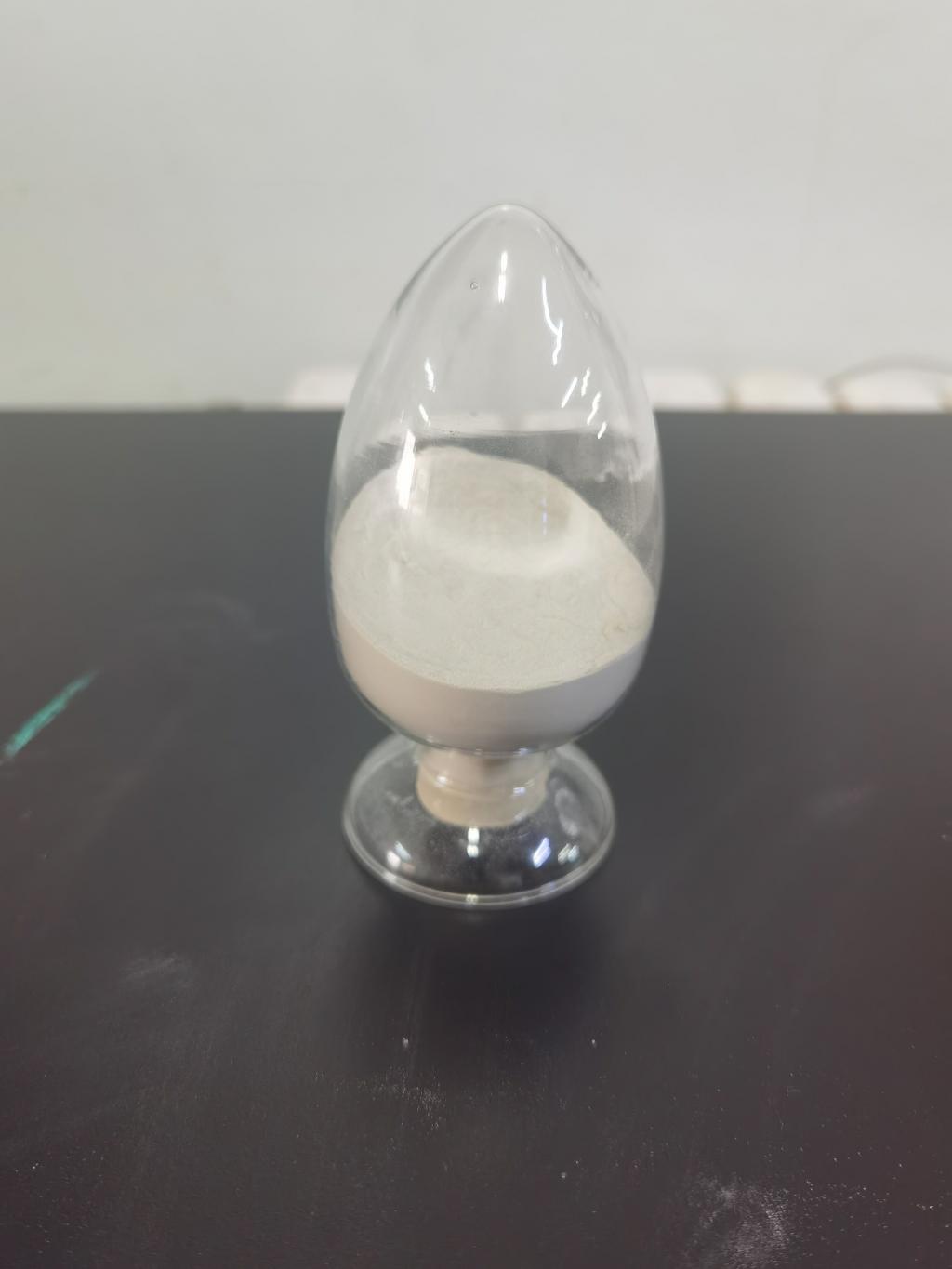Tel:+8618231198596

News
 CONTACT
CONTACT
 CONTACT
CONTACT
- Linkman:Linda Yao
- Tel: +8618231198596
- Email:linda.yao@dcpharma.cn
- Linkman:CHARLES.WANG
- Department:Overseas
- Tel: 0086 0311-85537378 0086 0311-85539701
News
Current Position:
Home >
News
>Nisin's Surprising Applications: Unconventional Uses in Various Industries
Nisin's Surprising Applications: Unconventional Uses in Various Industries
TIME:2024-01-24
I. Nisin's Evolution Beyond the Kitchen
A. Historical Overview
Initially discovered and embraced for its antimicrobial properties in food preservation, nisin has undergone a transformative journey from the kitchen to various industrial sectors. The understanding of its unique characteristics has led to explorations in unexpected fields, contributing to innovative solutions across industries.
B. Mechanism of Action Recap
Nisin's mode of action, primarily disrupting bacterial cell membranes, serves as the foundation for its unconventional applications. This targeted antimicrobial mechanism has inspired researchers to explore how nisin can be harnessed in different contexts, leveraging its efficacy while minimizing adverse effects.
II. Nisin in the Pharmaceutical Industry
A. Antimicrobial Coatings for Medical Devices
The medical field has witnessed the incorporation of nisin in antimicrobial coatings for various medical devices, such as catheters, implants, and surgical instruments. Nisin's ability to combat bacterial biofilms makes it a valuable addition to reduce the risk of infections associated with medical interventions.
B. Wound Care Products
Nisin's antimicrobial properties have been explored in the development of wound care products. Nisin-based formulations have shown promise in preventing and treating infections in wounds, providing an alternative to traditional antimicrobial agents.
III. Nisin in the Cosmetic Industry
A. Skin Care Products
Nisin's potential as a natural antimicrobial agent has found applications in the cosmetic industry, particularly in skincare products. Its ability to control the growth of harmful bacteria on the skin surface has led to the development of nisin-infused formulations for improved skincare.
B. Preservation of Beauty Products
The preservation of cosmetic and personal care products is a crucial consideration for manufacturers. Nisin's natural origin and efficacy against spoilage bacteria have prompted its use as a preservative in beauty products, contributing to longer shelf life without compromising product quality.
IV. Nisin in Agriculture and Crop Protection
A. Natural Pesticide Alternative
The agricultural sector has explored nisin as a potential natural alternative to chemical pesticides. Research indicates that nisin exhibits antimicrobial activity against certain plant pathogens, opening avenues for sustainable crop protection practices.
B. Post-Harvest Preservation
Nisin's antimicrobial properties extend to post-harvest preservation, where it may help control the growth of spoilage microorganisms on fruits and vegetables. This application aligns with the increasing demand for environmentally friendly and sustainable agricultural practices.
V. Nisin in the Textile Industry
A. Antimicrobial Textiles
The textile industry has embraced the antimicrobial properties of nisin to develop fabrics with built-in resistance against bacteria. Nisin-treated textiles can find applications in various settings, from medical environments to sportswear, where maintaining hygiene is crucial.
B. Odor Control
Nisin's ability to inhibit bacterial growth makes it an attractive option for addressing odor-related issues in textiles. Incorporating nisin into fabrics can help control the proliferation of odor-causing bacteria, enhancing the freshness of textiles over extended use.
VI. Challenges and Considerations
A. Formulation and Stability
The successful integration of nisin into unconventional applications requires addressing challenges related to formulation and stability. Researchers and industry professionals must optimize delivery systems to ensure the sustained efficacy of nisin in diverse environments.
B. Regulatory Approval
Expanding the use of nisin beyond traditional applications necessitates navigating regulatory frameworks. Establishing the safety and efficacy of nisin in unconventional settings is critical for obtaining regulatory approval and fostering confidence in its diverse applications.
VII. Future Perspectives
A. Collaborative Research
The exploration of nisin's unconventional applications benefits from collaborative efforts across industries and research disciplines. Collaborations between scientists, engineers, and industry experts can accelerate the development and implementation of innovative nisin-based solutions.
B. Sustainable Practices
Nisin's potential to contribute to sustainable practices in agriculture, textiles, and other industries aligns with the global emphasis on environmentally friendly solutions. Its natural origin and targeted antimicrobial action make it an appealing choice for applications that prioritize sustainability.
C. Continued Innovation
As researchers delve deeper into the unique properties of nisin, further unexpected applications may emerge. Continued innovation and an open-minded approach to exploring nisin's potential can lead to breakthroughs in diverse industries.
VIII. Conclusion
Nisin's journey from a food preservative to an unexpected player in various industries highlights its versatility and adaptability. The unique antimicrobial properties of nisin have paved the way for unconventional applications, challenging preconceived notions about its role. As ongoing research and collaborative efforts continue to uncover new and surprising uses for nisin, the potential for this natural peptide to revolutionize diverse industries remains an exciting prospect. Nisin's journey beyond the kitchen exemplifies the dynamic intersection of science, industry, and innovation, showcasing its surprising versatility and promising future applications.
- Tel:+8618231198596
- Whatsapp:18231198596
- Chat With Skype







